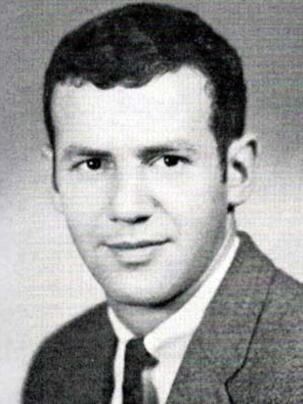Peter M. Eisenberger ’63

Peter, a pioneering physicist and environmental visionary, died Feb. 5, 2025, in San Francisco upon returning from a holiday in Mexico. He lived in Elk, Calif., in Mendocino County, in a home he built on 160 acres overlooking the Pacific.
Born in Queens, N.Y., to Austrian immigrant parents who fled Nazi Germany, Peter came to Princeton from Harrison (N.Y.) High School. A physics major, he graduated with honors, received a Ph.D. from Harvard, and launched his research career in 1968 at Bell Laboratories. Following the oil shocks of the late ’70s, he was recruited by Exxon to head its physical sciences R&D laboratory, where he led a multi-year, multi-million-dollar study that correctly estimated — in the late ’80s — that solar energy could be ready for mass deployment by 2012.
Peter’s interest in Earth sciences led him back to Princeton, where he was appointed professor of physics and founded the Princeton Materials Institute, which focused on multidisciplinary applied research in environmental technologies. He bought a home on Brooks Bend along Pretty Brook that was his primary address until he sold it in 2024 and moved fulltime to Elk.
Recruited to Columbia University in 1996, Peter served until his passing as a professor of Earth and planetary sciences. He also became vice provost and founding director of the Columbia Earth Institute, Columbia’s well-known umbrella for its many climate and environmental programs.
In 2006, Peter co-founded Global Thermostat, where he invented a technology to capture carbon dioxide directly from the atmosphere to address climate change.
He served on numerous science advisory boards, including for members of Congress, the governor of his longtime home state of New Jersey, and other leading U.S. and international governmental and academic scientific institutions.
Peter is survived by his son Nicholas and his wife, Robin; three granddaughters; and his first wife, Sarita Cooke-Garner.
Paw in print

November 2025
NASA’s new IMAP mission, London’s big data detective, AI challenges in the classroom.


No responses yet